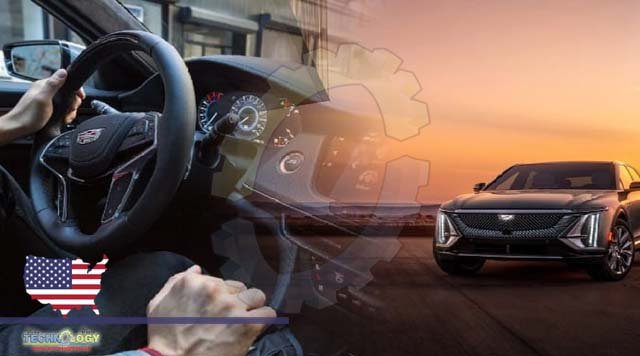U.S. autonomous vehicles , The future of driving isn’t just about electrification. It’s about automation. Yes, just as it seems like science-fiction to drive several hundred miles without a drop of gas – available now, of course, with the growing popularity of electric vehicles (EVs) – soon you’ll be the passenger rather than the driver of an autonomous vehicle.

Imagine one day you hop in your driverless car in the morning, and since it’s a weekday it knows you want to go to the office, unless you instruct it otherwise. When it drops you off, the autonomous vehicles goes back home instead of you paying for parking. Or perhaps your vehicle will be part of a city’s rideshare network and picks up fares during the day, and makes you money in the process. It knows to pick you up after work, maybe after it fetches your dry cleaning, and you can nap on the way home to feel refreshed with the family over dinner. But how, when and where truly driverless cars will be the norm is up for debate, though experts agree it’s coming “down the road” perhaps sooner than you think. According to Renub Research, a market research and consulting company, the U.S. autonomous vehicles market will balloon into a $186 billion industry by 2030, up from $4 billion in 2021, based on its recently published report. Along with the convenience of being driven around, autonomous cars are said to be a safer ride. That is, if human error accounts for as much as 94% of all road accidents, according to the National Highway Traffic Safety Administration, then perhaps it makes sense to rely more on technology to help keep us safe.
A driverless car won’t put its driver or others at risk in accidents caused by potentially dangerous human behaviors or conditions like speeding, reckless driving, drowsiness, distracted driving or impairment due to alcohol or drugs. U.S. autonomous vehicles may also lead to less congestion on the roads because cars could communicate with one another and change routes based on traffic, accidents or construction. “There are numerous benefits to autonomous vehicles,” Jason Fischer, executive chief engineer of autonomous technology at General Motors (GM), said. “Ultimately, we aim to eliminate human driver error while creating more time and space for what truly matters in life and improving mobility for those who cannot currently drive due to age, disability, or other factors,” Fischer adds. These vehicles can sense their environment and navigate around obstacles, obey traffic laws and reach a preselected destination, thanks to technologies like cameras, radar, sonar, lidar, GPS and infrared sensors in the vehicle.
Source: This news is originally published by usatoday